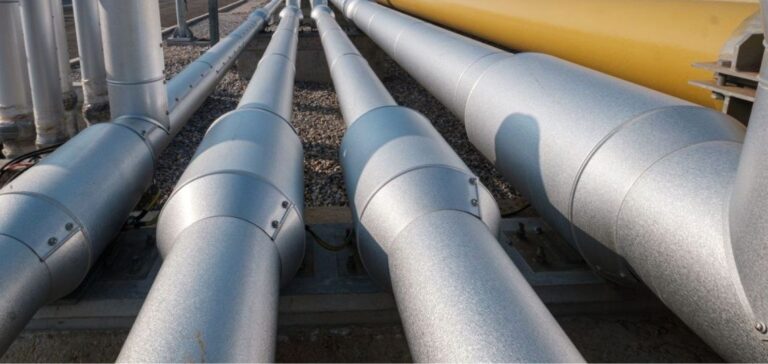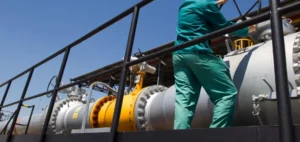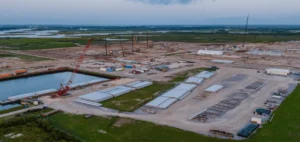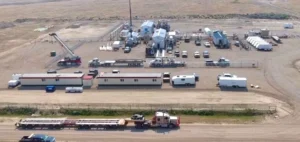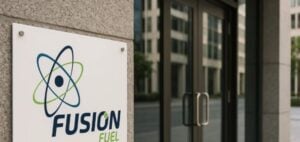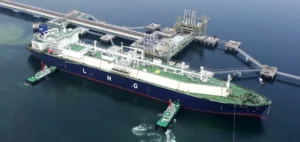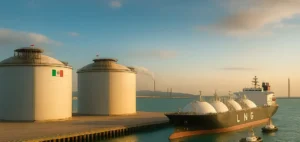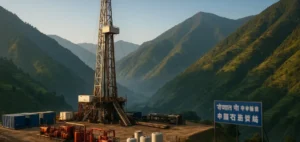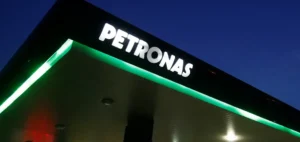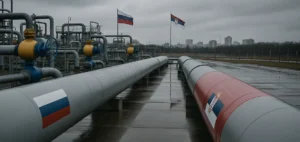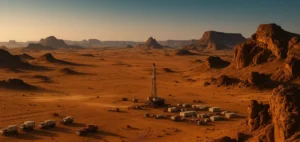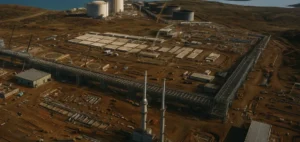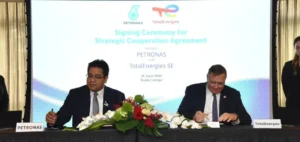The European Union’s natural gas consumption fell by 20.1% in August-November compared to the average of the previous five years for the same period, more than its target of 15%, Eurostat announced Tuesday.
Faced with drastic cuts in Russian gas deliveries, in the context of the war in Ukraine, the 27 EU countries had agreed in late July to voluntarily reduce their gas consumption between August 1, 2022 and March 31, 2023.
The objective of a 15% reduction compared to the average of the last five years, through “voluntary reduction measures”, had been set. From August to November 2022, consumption fell “in most member states,” the European statistics office said in a statement.
Eurostat did not provide an analysis of the reasons for this decline, which could be explained in part by a particularly mild autumn in Europe, by additional efforts made by consumers or by a drop in production in certain industries.
In 18 EU countries, consumption has fallen beyond the target, in some cases significantly. Gas consumption fell by 52.7% in Finland, 43.2% in Latvia and 41.6% in Lithuania. Six other countries managed to reduce their consumption, but did not reach the target. This is particularly true of Spain, Italy and Portugal. Finally, two member countries, Malta (+7.1%) and Slovakia (+2.6%) saw their consumption increase. The decline in France was in line with the EU average.
Eurostat points out that EU gas consumption has remained consistently below the average of the last five years since January. The drop in Russian gas deliveries is causing concern about supplies to Europe. In order to increase its chances of replenishing its stocks next year, the EU is seeking to reduce its consumption.
It has also decided to carry out joint procurement between member countries on a voluntary basis. European Commission Vice President Maros Sefcovic said Tuesday that he wants to conclude the first such deal “well before next summer.”

